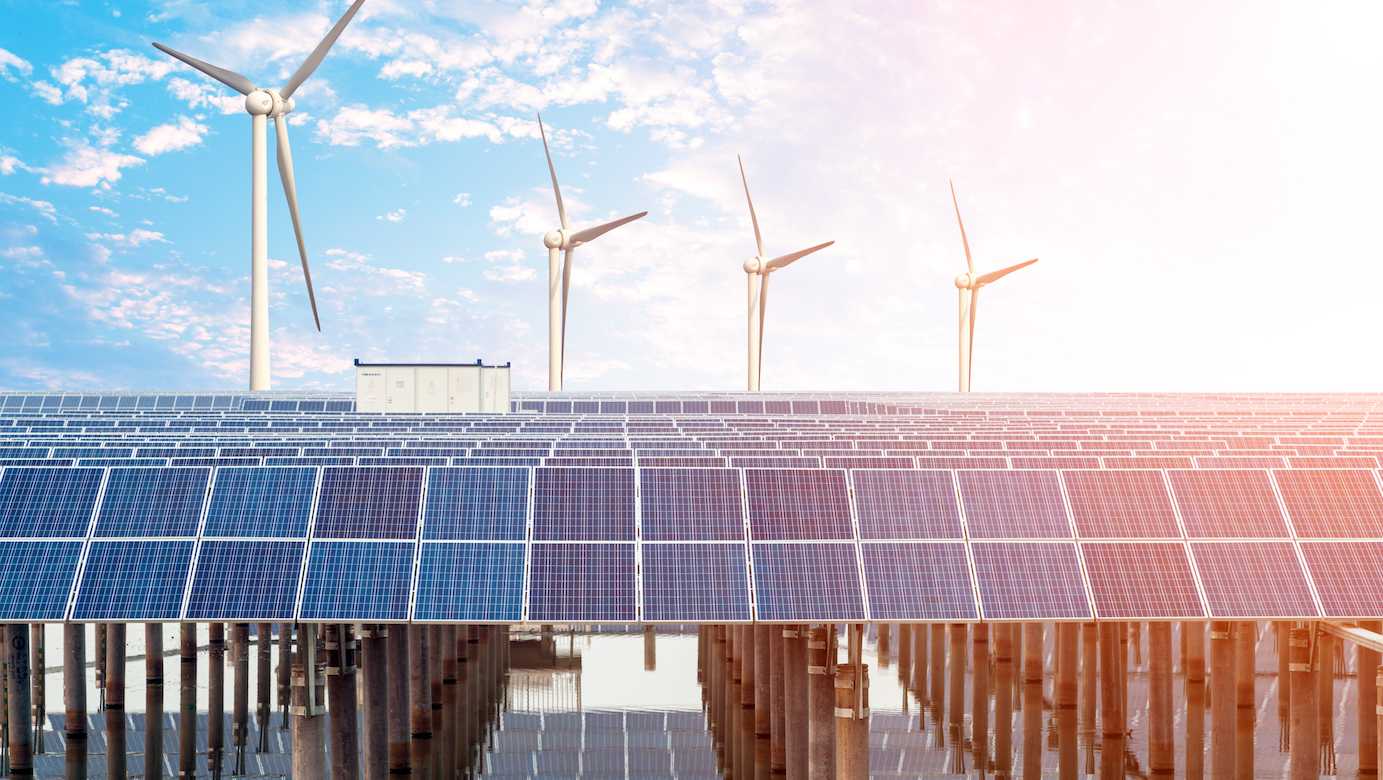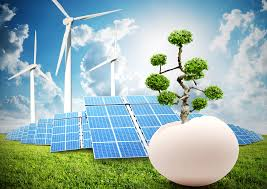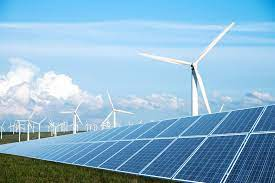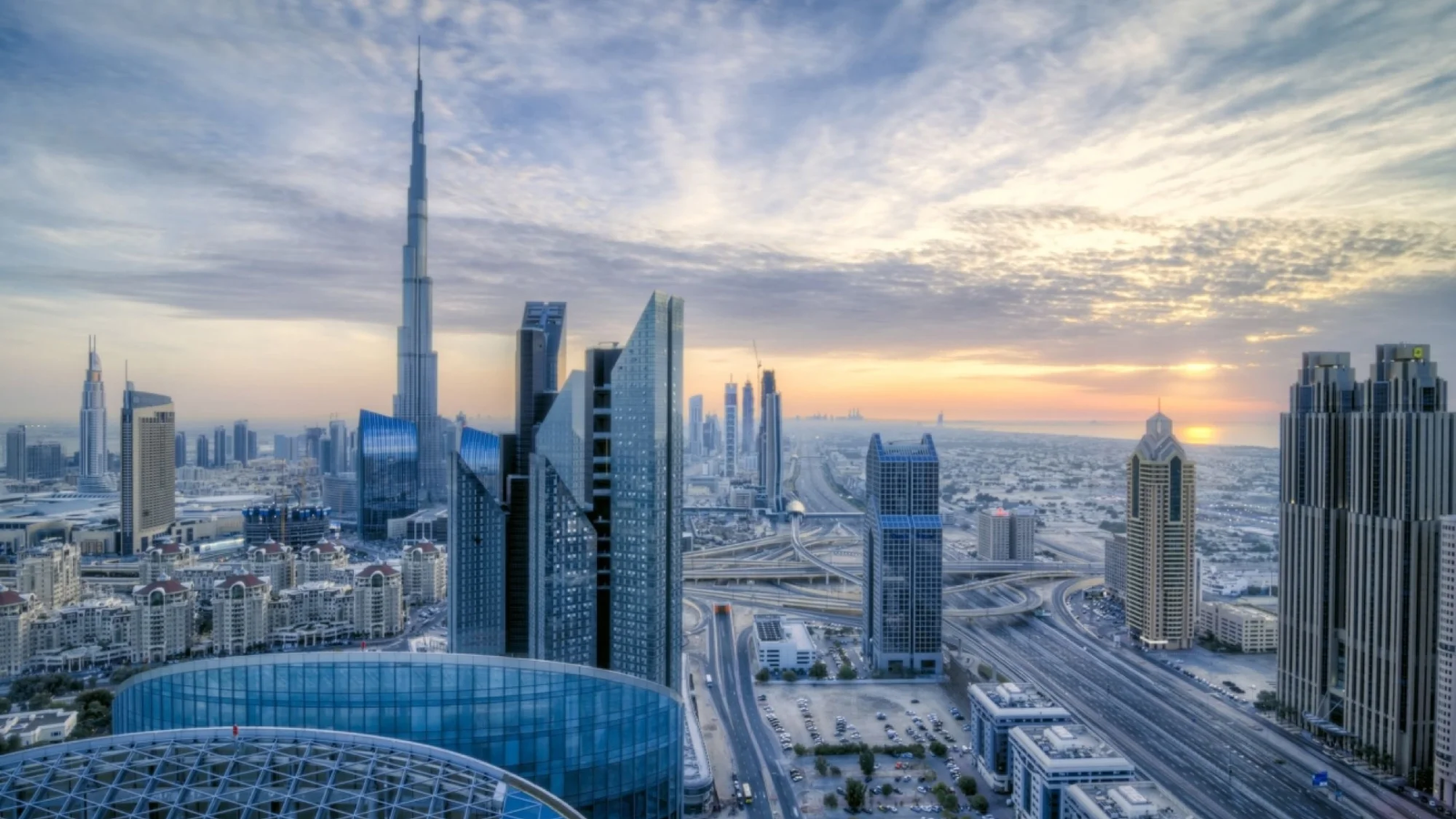Now Reading: Clean Energy Initiatives Reshaping Global Future Towards Greener Tomorrow 2025
-
01
Clean Energy Initiatives Reshaping Global Future Towards Greener Tomorrow 2025
Clean Energy Initiatives Reshaping Global Future Towards Greener Tomorrow 2025

Table of Contents
The world is at a turning point. Rising concerns about climate change, air pollution, and energy security have pushed governments, companies, and communities to embrace cleaner sources of power. Clean energy initiatives are no longer just discussions for the future they are shaping the present. From solar rooftops in homes to large offshore wind farms and electric public transport, these initiatives are becoming the backbone of global energy strategies.
Clean energy is not only helping reduce carbon emissions but is also creating new industries, jobs, and opportunities. Countries are competing to lead the green transition, while businesses are discovering that sustainability is not just a responsibility but also a profitable path forward.
Why Clean Energy Matters
For decades, fossil fuels like coal, oil, and gas dominated energy production. While they fueled growth, they also left behind challenges rising global temperatures, air pollution, and reliance on limited resources. Clean energy initiatives aim to solve these problems by shifting towards renewable sources such as solar, wind, hydropower, geothermal, and biomass.
The benefits are clear:
- Lower carbon emissions reduce the pace of climate change.
- Cleaner air improves health and reduces medical costs.
- Energy independence helps countries reduce reliance on imports.
- Innovation and jobs arise in sectors like solar panel production, wind turbine manufacturing, and electric vehicle development.
The International Energy Agency (IEA) predicts that renewable power will account for nearly 50% of global electricity capacity by 2030. This shows the strong momentum clean energy initiatives already have worldwide.
Global Push for Clean Energy Initiatives

Across the globe, governments are rolling out ambitious policies and investments to accelerate the shift.
- United States
The U.S. has committed billions through the Inflation Reduction Act to support renewable energy, electric vehicles, and green hydrogen. Tax credits and incentives are making clean technology more affordable for industries and households. - European Union
Europe is leading in offshore wind projects, solar expansion, and energy efficiency measures. Countries like Germany, Spain, and Denmark have set strong renewable targets to cut emissions and reduce reliance on fossil fuel imports. - Asia-Pacific
China is the world’s largest producer of solar panels and wind turbines. India is rapidly scaling up solar parks, aiming for 500 GW of renewable energy capacity by 2030. Japan and South Korea are also investing heavily in hydrogen technology. - Middle East
Traditionally known for oil, countries like the UAE and Saudi Arabia are now investing billions in solar farms and clean hydrogen to diversify their economies and meet sustainability goals.
These global efforts show that clean energy initiatives are not limited to one region but are becoming a worldwide movement.
Clean Energy and the Economy
A common misconception is that clean energy is expensive. In reality, renewable technologies are becoming cheaper every year. Solar power is now one of the lowest-cost sources of electricity worldwide. Wind energy, especially offshore, is also seeing rapid cost declines.
The clean energy transition is also a major job creator. The International Renewable Energy Agency (IRENA) reports that over 13 million people are employed in the renewable energy sector globally, and this number is expected to double by 2030. Jobs range from engineering and manufacturing to installation, maintenance, and research.
Additionally, businesses are discovering that sustainability can improve brand reputation and attract investors. Green finance and ESG (Environmental, Social, Governance) investing are growing, rewarding companies that align with clean energy initiatives.
Cities and Clean Energy
Urban areas are at the heart of clean energy adoption. Cities consume more than 70% of global energy and are responsible for a similar share of carbon emissions. As a result, many cities are adopting clean energy policies to build a sustainable future.
Examples include:
- Electric buses and trains replacing diesel fleets in major cities.
- Smart grids that optimize electricity use and integrate renewable energy.
- Solar rooftops on government buildings, schools, and private homes.
- Energy-efficient buildings using modern insulation and lighting technologies.
These efforts not only cut emissions but also improve quality of life by reducing air pollution and traffic noise.
Clean Energy Innovations

Technology is driving clean energy initiatives faster than ever. Some key innovations include:
- Green hydrogen: Produced from renewable electricity, it can replace fossil fuels in industries like steel and cement.
- Battery storage: New batteries are making it possible to store renewable energy for use when the sun is not shining or the wind is not blowing.
- Floating solar farms: Panels placed on lakes and reservoirs help save space and reduce water evaporation.
- Carbon capture and storage: Emerging technologies are aiming to trap and store emissions from industries.
These innovations make clean energy more reliable, affordable, and accessible.
Challenges Ahead
Despite progress, challenges remain. Building renewable infrastructure requires huge investments and land space. Some countries still depend heavily on coal and oil, making the transition slower. Grid stability is also an issue when integrating variable sources like wind and solar.
However, experts agree that the benefits far outweigh the challenges. Continued global cooperation, innovation, and policy support can overcome these barriers.
The Road Ahead
Clean energy initiatives are no longer optional they are necessary for a sustainable and secure future. With global populations growing and energy demand rising, the need for reliable, renewable, and affordable power is urgent.
The success of these initiatives will depend on governments, businesses, and individuals working together. From installing rooftop solar panels to supporting green policies, every step contributes to the bigger picture.
As the clean energy movement accelerates, it is not only helping fight climate change but also reshaping economies, industries, and daily life. The future will likely be powered not by oil and coal but by the sun, wind, water, and innovation.
READ MORE:- Inside the World of Business Acquisitions: Secrets of Corporate Growth 2025



















